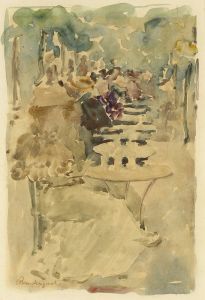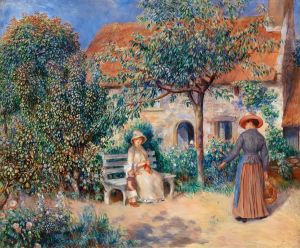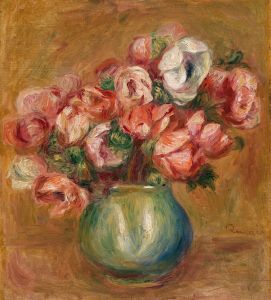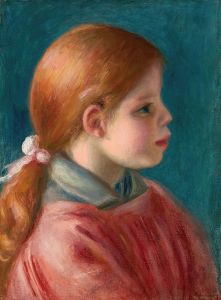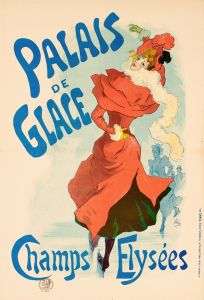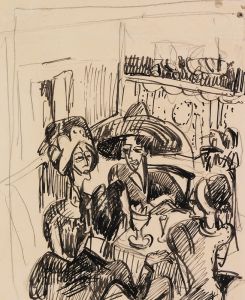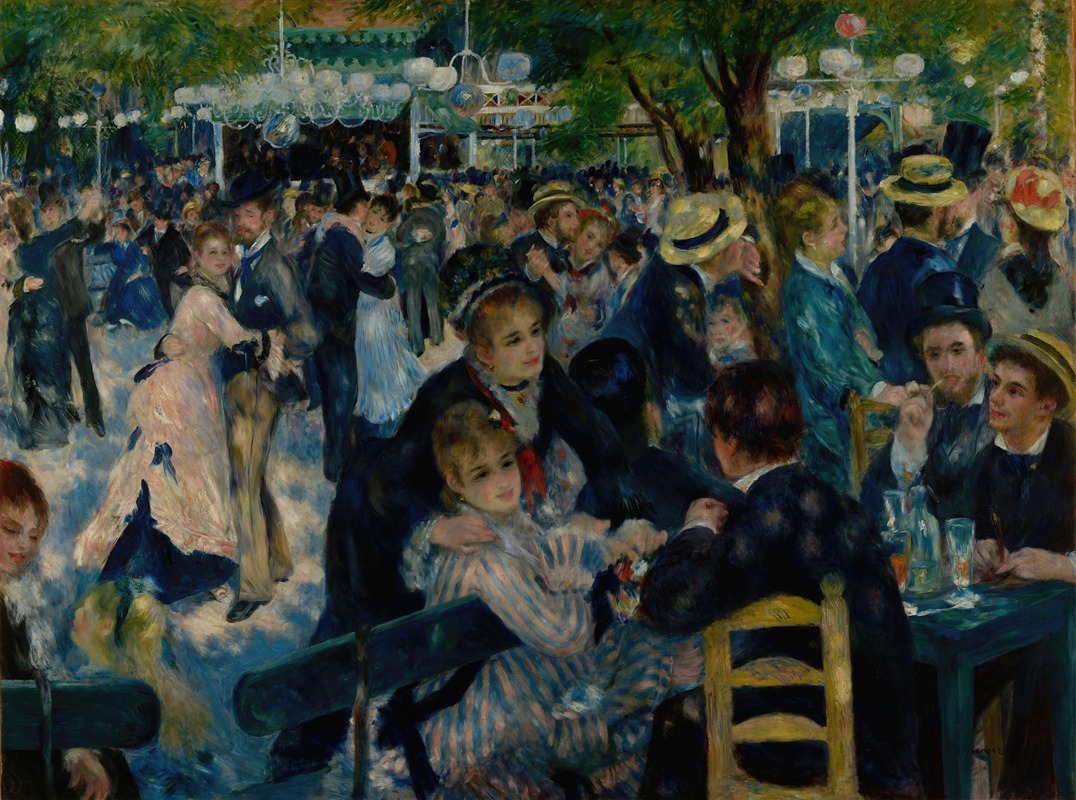
Dance at Le Moulin de la Galette
A hand-painted replica of Pierre-Auguste Renoir’s masterpiece Dance at Le Moulin de la Galette, meticulously crafted by professional artists to capture the true essence of the original. Each piece is created with museum-quality canvas and rare mineral pigments, carefully painted by experienced artists with delicate brushstrokes and rich, layered colors to perfectly recreate the texture of the original artwork. Unlike machine-printed reproductions, this hand-painted version brings the painting to life, infused with the artist’s emotions and skill in every stroke. Whether for personal collection or home decoration, it instantly elevates the artistic atmosphere of any space.
"Dance at Le Moulin de la Galette" is an iconic painting by the French artist Pierre-Auguste Renoir, completed in 1876. This masterpiece is a prime example of the Impressionist movement, which sought to capture the momentary effects of light and color in everyday scenes. Renoir's work is celebrated for its vibrant depiction of a lively afternoon dance at the Moulin de la Galette, a popular outdoor dance hall and café located in the Montmartre district of Paris.
The painting is renowned for its vivid portrayal of a bustling social scene, filled with elegantly dressed Parisians enjoying a sunny Sunday afternoon. Renoir's use of loose brushwork and bright, dappled light creates a sense of movement and spontaneity, characteristic of Impressionist art. The artist skillfully captures the play of natural light filtering through the trees, casting soft shadows and creating a warm, inviting atmosphere.
Renoir's composition is both dynamic and harmonious, with a balanced arrangement of figures that guides the viewer's eye throughout the scene. The painting features a variety of individuals, including couples dancing, friends conversing, and people enjoying drinks at tables. This diversity of figures adds to the painting's lively and convivial mood. Renoir's attention to detail in the depiction of clothing and facial expressions further enhances the realism and immediacy of the scene.
"Dance at Le Moulin de la Galette" reflects Renoir's fascination with modern urban life and his ability to capture the essence of Parisian leisure activities during the late 19th century. The painting also exemplifies the Impressionist interest in depicting contemporary life and the fleeting effects of light and atmosphere. Renoir's innovative approach to color and light, as well as his focus on capturing the joy and vibrancy of everyday moments, has made this work one of the most celebrated paintings of the Impressionist era.
The painting was first exhibited at the third Impressionist exhibition in 1877, where it received mixed reviews. Some critics praised its lively depiction of modern life, while others found its loose brushwork and unconventional composition challenging. Despite the initial mixed reception, "Dance at Le Moulin de la Galette" has since become one of Renoir's most famous works and a quintessential example of Impressionist art.
Today, the painting is housed in the Musée d'Orsay in Paris, where it continues to be admired by art enthusiasts from around the world. Its enduring popularity is a testament to Renoir's skill as a painter and his ability to capture the joyful spirit of his time. The work remains a significant cultural artifact, offering insight into the social dynamics and leisure activities of late 19th-century Parisian society.





